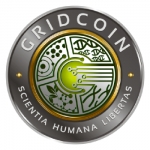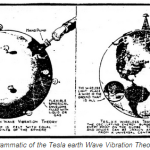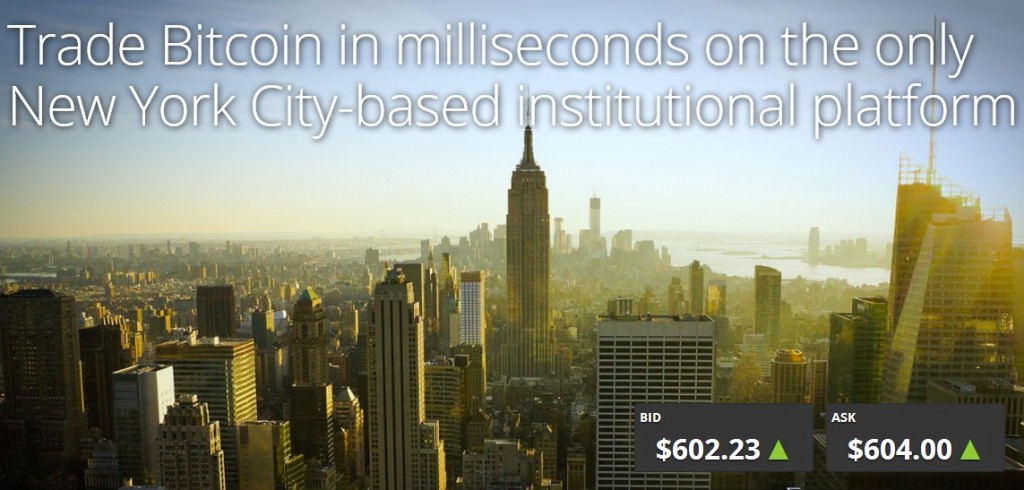Previously, I wrote about Bitcoin’s environmental impact, as well as some suggestions for improvement. Making more efficient use of processing power is one route, but improving the power supply would yield a much wider array of benefits for society. Even if you aren’t concerned about pollution, a fossil fuel-powered economy is unsustainable, leading to higher electricity prices and increased armed conflict around the world. Thankfully, cryptocurrency is on the job.
One of the most immediate ways crypto can encourage the energy revolution is already supported by the Bitcoin protocol. Finance is not the only industry prone to monopoly: energy companies depend upon a massive infrastructure network, the logistics and cost of which are a significant barrier to entry. If the energy industry does end up conspiring against the public for profit, it cannot be effectively boycotted without bringing the global economy to a halt.
This gives energy magnates an undue level of influence over the future of energy technology. The problem therein is that the most powerful energy magnates are the ones who control the energy sources, which is more profitable if the sources are non-renewable. It is little wonder, then, why renewable energy research remains underfunded: they’re reluctant to research anything that could harm their cash cow. It’s also difficult to incentivize renewable energy production and use without heavy government intervention, which the industry will lobby against.
Bitcoin’s decentralized nature has the opportunity to alleviate some of these issues. The decision to donate to a cause is often spontaneous, and people donate more often when it is made easy and convenient. Bitcoin’s instant and irreversible transactions at the click of a button are ideal for crowdfunding, and some projects have found success on sites like bitcoinstarter.com.
The scientific community is beginning to take notice. Although not on a Bitcoin-specific crowdfunding site, the Focus Fusion campaign is accepting Bitcoin donations. Fusion energy has been discussed for a long time, but the insane temperatures required to produce it–the temperature of the Sun–cannot be reliably contained by any available material for a sustained period of time. “Focus fusion” is a proposed process which solves this problem by fusing hydrogen and boron in plasma contained within an electromagnetic field. The result is clean, safe helium, and the scientists behind it will name Bitcoin a gold sponsor (which includes mention in the concluding scientific paper) if we send $5,000 worth to 12ZXhqAPwMEsW8q1Gi7wTW5c2jF3ztNUPv
Bitcoin’s relative lack of regulations enables more people to invest in projects and companies. It can also be used to trade equity in virtual stock exchanges like cryptostocks.com. For a more direct offering, however, you can directly invest in a renewable energy company just by buying a digital coin. GENERcoin is backed by Arterran Renewables, who have discovered a catalyst allowing them to make highly potent fuel more cheaply than existing renewable types, like wood pellets. This releases less pollution into the atmosphere than coal–which it was designed to replace–and can be made from anything containing enough cellulose, including garbage.
By utilizing the Mastercoin protocol, GENERcoin can be exchanged for goods, services or other currencies in a decentralized manner. The coins, however, are initially sold by Arterran, who promises to always redeem them for 10,000 Btu (energy units) worth of their fuel. Since their fuel is not yet on the market, the coins are trading for far below the market value of 10,000 Btu of electricity; although right now it represents a presale of their product, in the future they hope it will become an asset-backed currency.
Unfortunately, Arterran’s fuel (like practically all biofuel) is not yet cheaper than its non-renewable counterparts, at least in countries where politics doesn’t encourage its use. Fortunately, cryptocurrency has an answer to that, too. SolarCoin uses proof-of-work mining to securely decentralize the financial system, but the overwhelming majority of solarcoins are withheld by the SolarCoin Foundation. These coins are given to those who can prove they’ve generated solar electricity, at a rate of one coin per MWh (another energy unit).
Once the coins run out, miners in SolarCoin continue to be incentivized by transaction fees, and the knowledge that they’re promoting alternative energy. Thereafter, its value can float freely as with most currencies, and potentially gain adoption. Even if solar power is economically uncompetitive right now, adoption of SolarCoin would increase its value, which provides an additional incentive to get into the business. With the power of cryptocurrency and smart contracts, we can make radical changes to society without any government intervention, at all!
The post Cryptocurrency and the Energy Revolution appeared first on Bitcoin Magazine.














